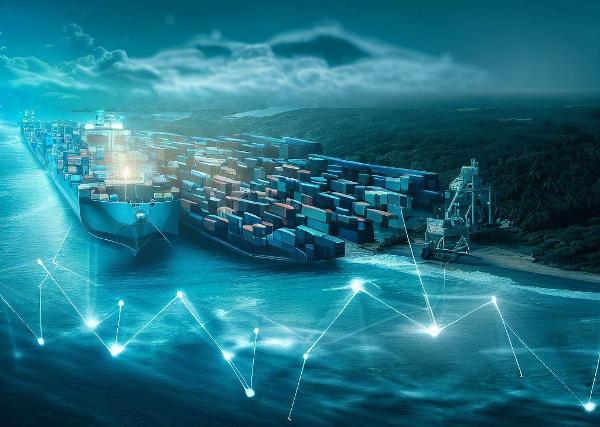Cybersecurity Factors in Supply Chain Planning for the Oceania Region
In recent years, the Oceania region has witnessed a surge in digital transformation across various sectors. As businesses expand their digital footprints, the complexity of supply chains has grown, making them more susceptible to cyber threats. This article delves into the primary cybersecurity factors that businesses in Oceania should consider when planning their supply chains.
1. Understanding the Threat Landscape
Supply chain attacks have emerged as one of the most damaging cybersecurity threats. High-profile incidents involving companies like Okta, GitHub, and Fishpig underscore the vulnerability of supply chains to cybercriminal activities. As these attacks become more frequent, businesses need to be proactive in their defense strategies.
2. Embracing Data Detection and Response (DDR)
DDR tools have risen to prominence as a solution to the increasing threats against supply chains. These tools combine traditional security technologies, such as SIEM, NTA, and EDR, with advanced behavioral analytics and machine learning capabilities. By monitoring data flows, network traffic, and endpoint activities, DDR tools can identify potential threats in real-time, including:
3. Addressing Supply Chain Complexity
Modern supply chains are intricate, often spanning multiple platforms, vendors, and geographies. DDR tools can help manage this complexity by enforcing secure data sharing and transmission practices. They ensure encrypted communications between different entities in the supply chain, enhancing overall security.
4. Ensuring Data Integrity and Authenticity
With the increasing complexity of supply chains, maintaining data integrity and authenticity becomes challenging. Malicious actors can introduce counterfeit components or tamper with data, compromising the quality and security of products or services. DDR tools monitor data activities in real-time, flagging any unauthorized modifications, thereby ensuring data integrity.
5. Accelerating Incident Response Times
Prompt incident response is crucial to mitigate the impacts of supply chain attacks. DDR tools identify potential security incidents in real-time, allowing security teams to act swiftly, reducing the potential damage.
6. Comprehensive Security Strategy
While DDR provides a robust defense layer, it should not be the sole security measure. Businesses should also invest in regular security awareness programs, conduct thorough assessments of potential suppliers' security infrastructures, and integrate with other cybersecurity tools for a holistic defense strategy.
7. Addressing Data Sovereignty Concerns
For businesses operating in the Oceania region, data sovereignty is a pressing concern. Regulations may mandate that data be stored within specific geographical boundaries. DDR tools can detect when data is being transferred to unauthorized locations, ensuring compliance with regional regulations.
8. Monitoring Cloud Infrastructure
The shift to cloud infrastructure has introduced new challenges in data loss prevention. Traditional monitoring methods are often inadequate in cloud environments. DDR, seen as the new cloud DLP, offers dynamic monitoring capabilities, ensuring that data in the cloud remains secure.
As the Oceania region continues to embrace digital transformation, businesses must prioritize cybersecurity in their supply chain planning. By understanding the evolving threat landscape and leveraging advanced tools like DDR, businesses can safeguard their supply chains, ensuring resilience, compliance, and long-term success.

